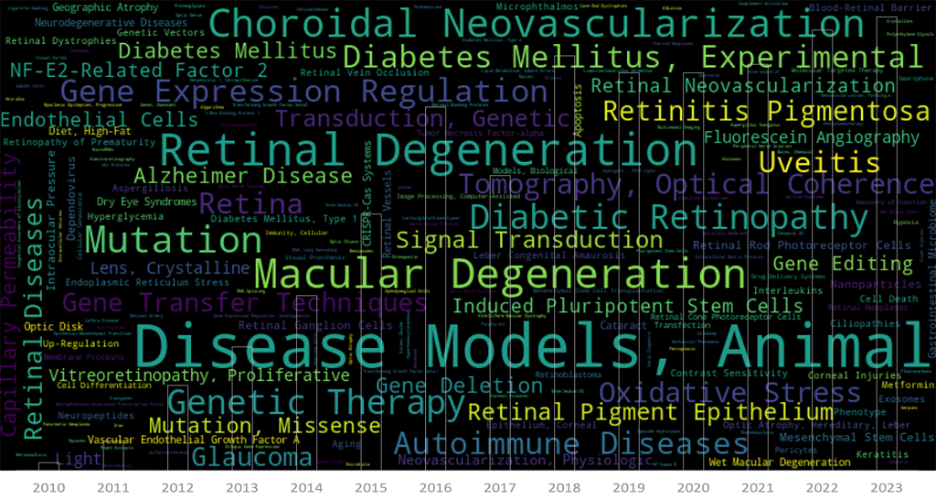The ability to see the world around us is a gift that’s easy to take for granted, until it’s threatened by the onset of a devastating eye disease. For those facing the reality of vision loss, ophthalmic research represents a beacon of hope, offering the promise of new treatments and therapies to preserve or restore […]
11.07
2023
Researchers find early signs of Alzheimer’s disease (AD) in the mouse retina and develop a non-invasive artificial intelligence-based system that could be used to diagnose the disease before the appearance of clinical symptoms
Progress in diagnosing and treating Alzheimer’s disease (AD) has been accelerating over the last few years. Until now, AD has been difficult to diagnose. The disease can be present years before distinguishable symptoms manifest. Non-invasive diagnostic tests have been lacking, and diagnosis often relies on memory, cognitive, and behavioral tests. In 2011, Koronyo-Hamaoui M, Koronyo […]
19.02
2018
Surprising Preservation of Cone Function in Aged Alzheimer's-model Mice
Researchers at the University of Laval in Québec, Canada discovered unexpected findings with the Phoenix full field Ganzfeld electroretinography (ERG) system studying Alzheimer’s model mice. ERG assesses the function of the retinal cells including the photoreceptors, bipolar cells, and amacrine cells by flashing light at the retina and recording the electrical responses of the cells. By examining the height and speed of the electrical response wave forms, the retinal function integrity can be measured. The Phoenix Ganzfeld ERG system flashes green or UV light on the entire retina, which can tease out the function of rods, M-cones, and S-cones separately.
